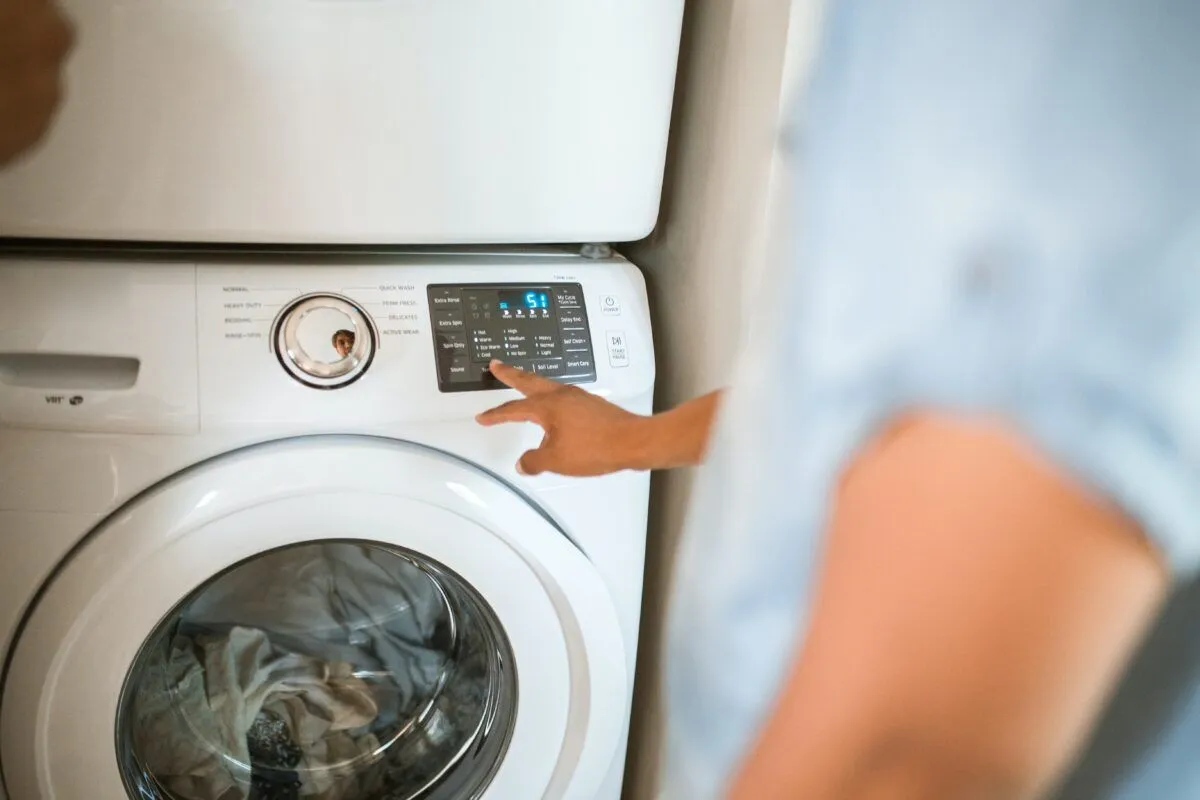How Washing Machine Hoses Can Cause Damage to Your Home

We recently received a call in the middle of the night for a Florida home that was completely flooded from a washing machine hose that burst. Washing machine hose damage is one of the primary sources of water remediation for our business. There are multiple reasons for this:
- They are under a tremendous amount of pressure.
- Washing machine hoses are often squeezed and pinched by the washing machines when they are put in place.
- The rubber hoses will sometimes have weak spots in them, form bubbles, and eventually burst.
- Most commonly, when installing the washing machine, the hoses will be over-tightened, which will cause a break in the connection valve.
When a washing machine hose bursts, a tremendous amount of water escapes. In a matter of just a couple of hours, this entire home was flooded with standing water throughout.
SO HOW DO WE FIX IT?
Thankfully, our crews are experts in handling these situations. They were able to get to work right away, extract all of the standing water, leaving only moisture behind, and then establishing a balanced drying system throughout the home, consisting of dehumidifiers and drying fans.
When it comes to setting up this equipment, too little or too much equipment can hamper the drying efforts. It is important to understand that there is a science behind what we do and calculations for figuring out exactly how much equipment to use. Too much equipment will increase the temperature in the home, which will slow down drying. Too little equipment, and the moisture that’s in the air and in the materials would not get processed quickly enough, again, delaying drying times. The last thing we want is delayed drying times because that is when mold will grow. We expect to have this home dry in three to five days, depending on how quickly some of the materials release the water or moisture.
CAN WE PREVENT WASHING MACHINE HOSE DAMAGE?
Some useful tips to avoid this type of water loss:
- Use steel braided hoses.
- Check your hoses monthly on the same schedule that you change out your air conditioning filters. Look for cracks or bubbles or weak spots in the hoses.
- Change your hoses out every four to five years.
- Do not push the washing machine too close to the wall. Try to keep a four inch gap between the wall and the back of the washing machine. Six inches is ideal, if you have the space.
- Don’t over-tighten the connector. Hand tighten as much as you can, then with a wrench, a quarter turn will more than suffice. If you do more than that, you take the chance of breaking the connector valve on both sides.
LIGHTNING RESTORATION CAN FIX ANY DAMAGE FROM WASHING MACHINE HOSE DAMAGE
Even with all the due diligence and taking all the protective measures, there’s always a chance that accidents may still happen, and you may get a flood. If you do, call Lighting Restoration. We’re available any time and work with every major insurance company in the state of Florida. At Lightning Restoration, our job is to save and salvage your home and your property, so that you can be back to life as normal.
